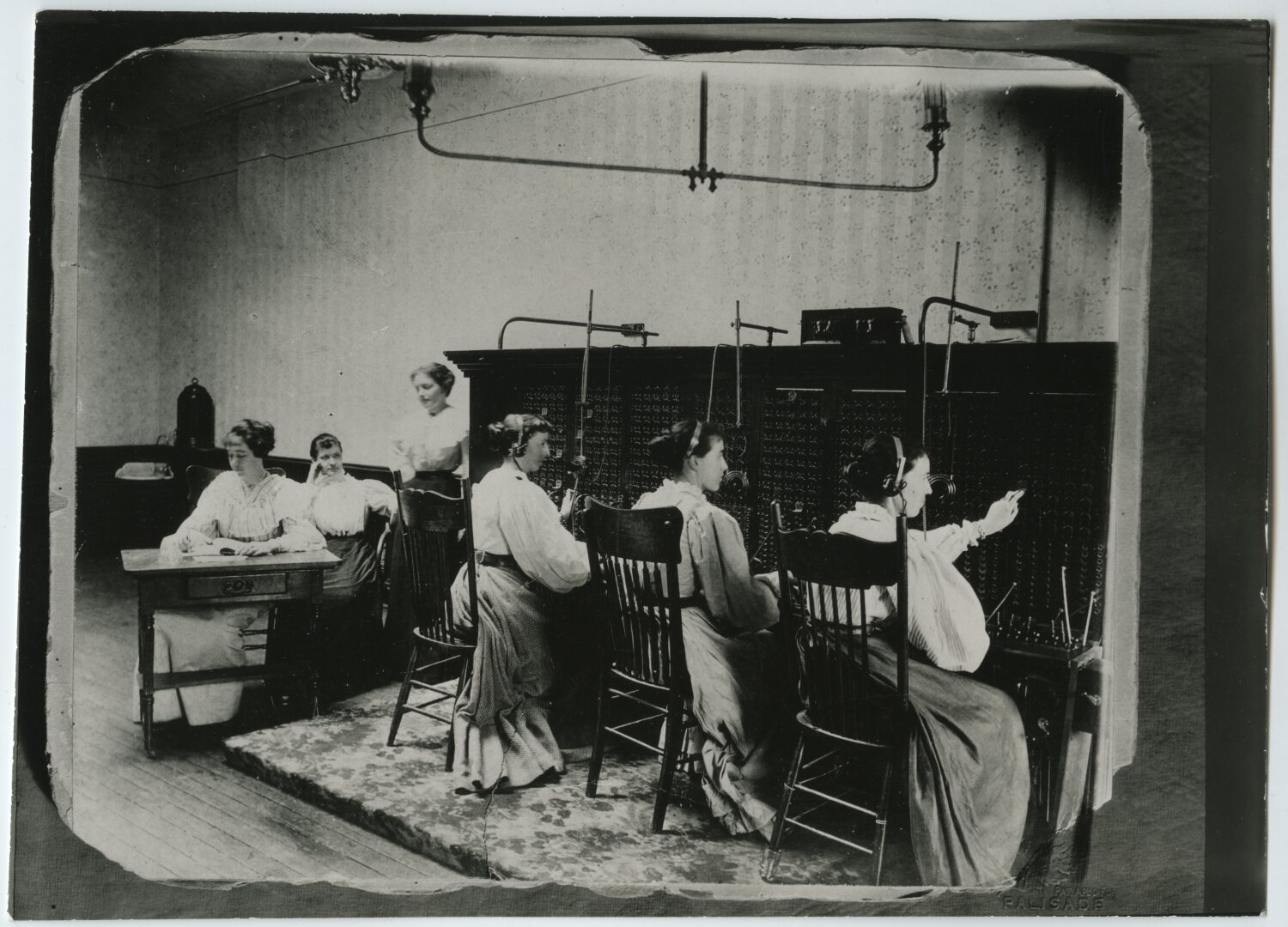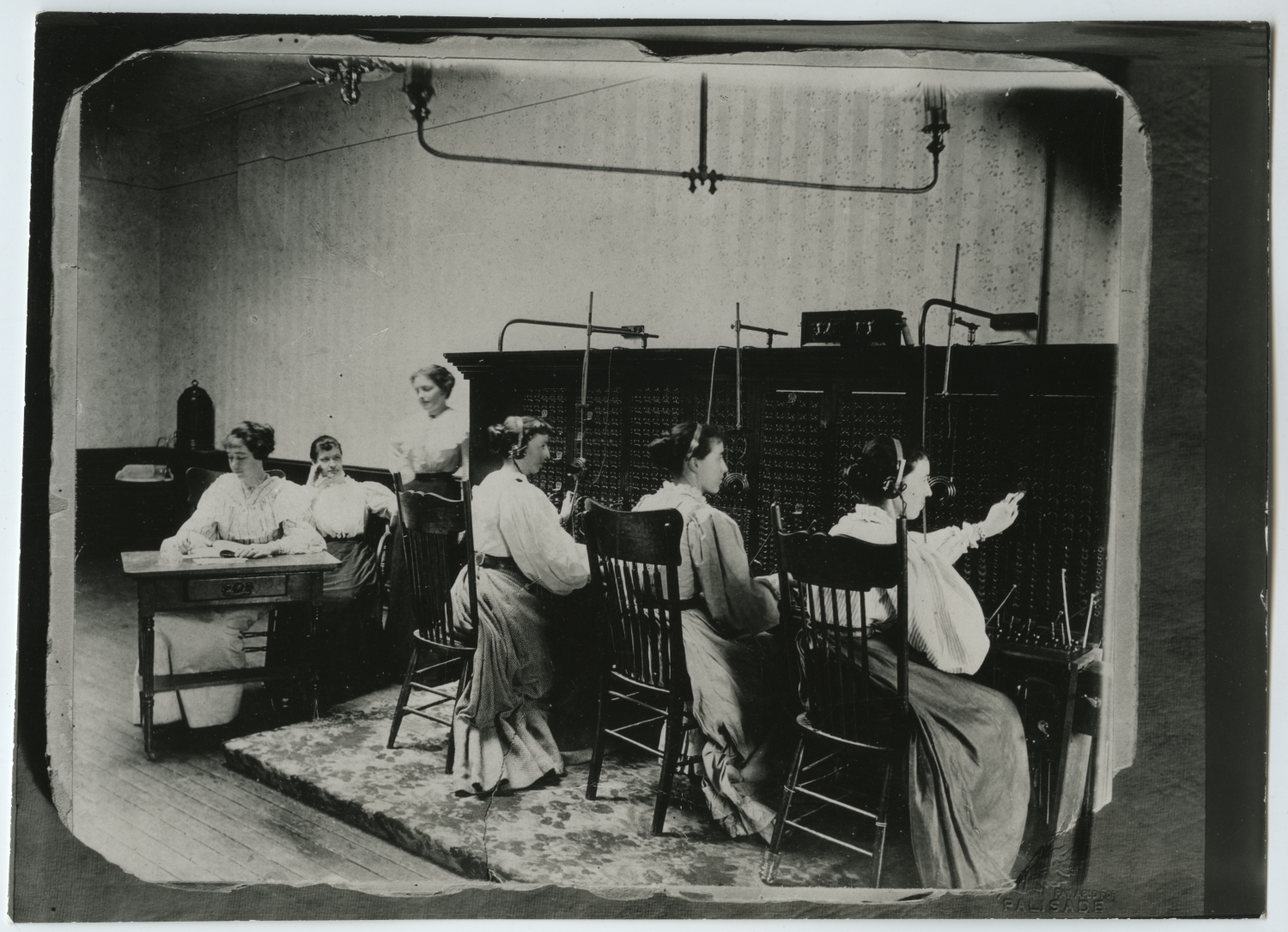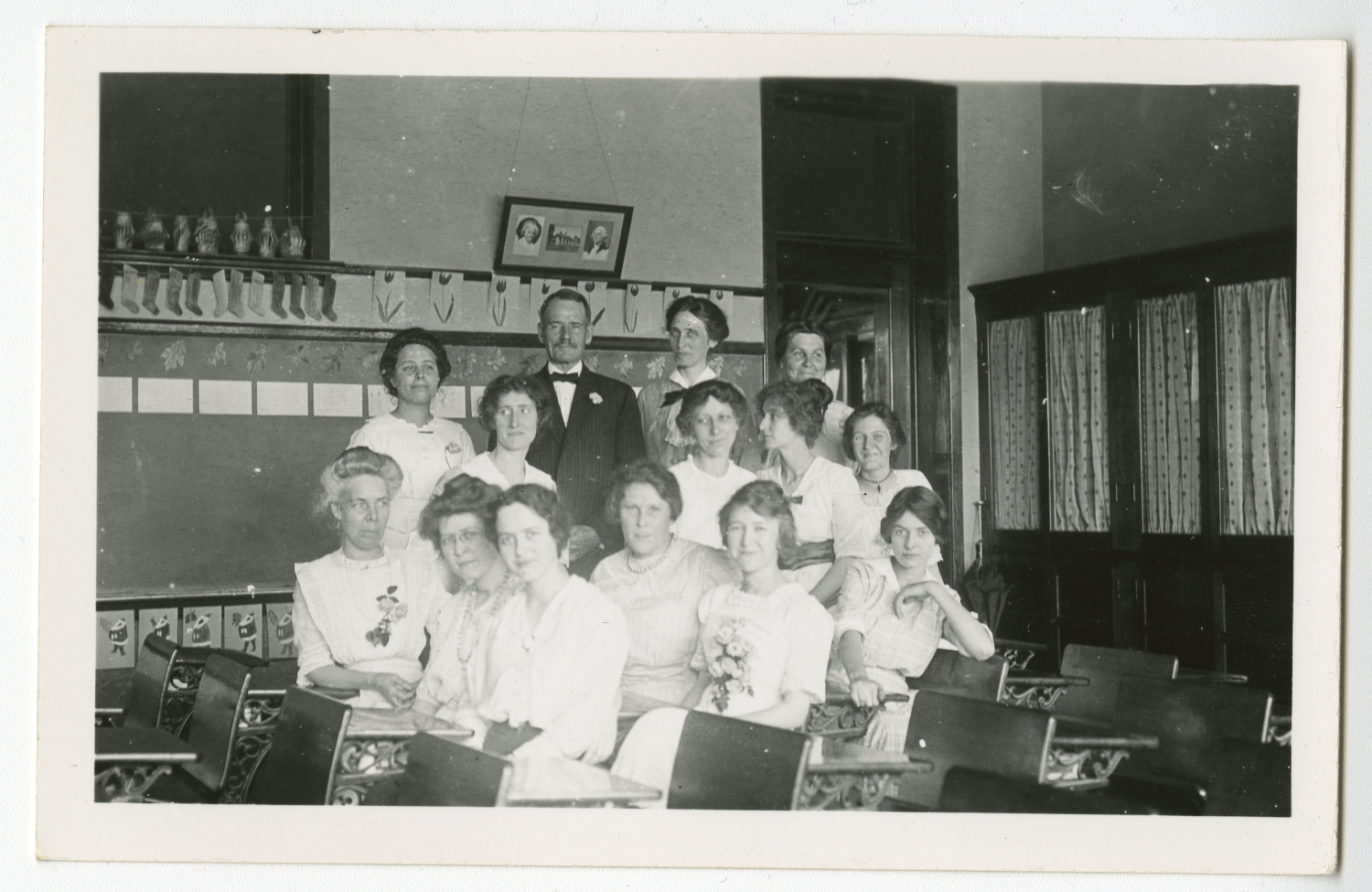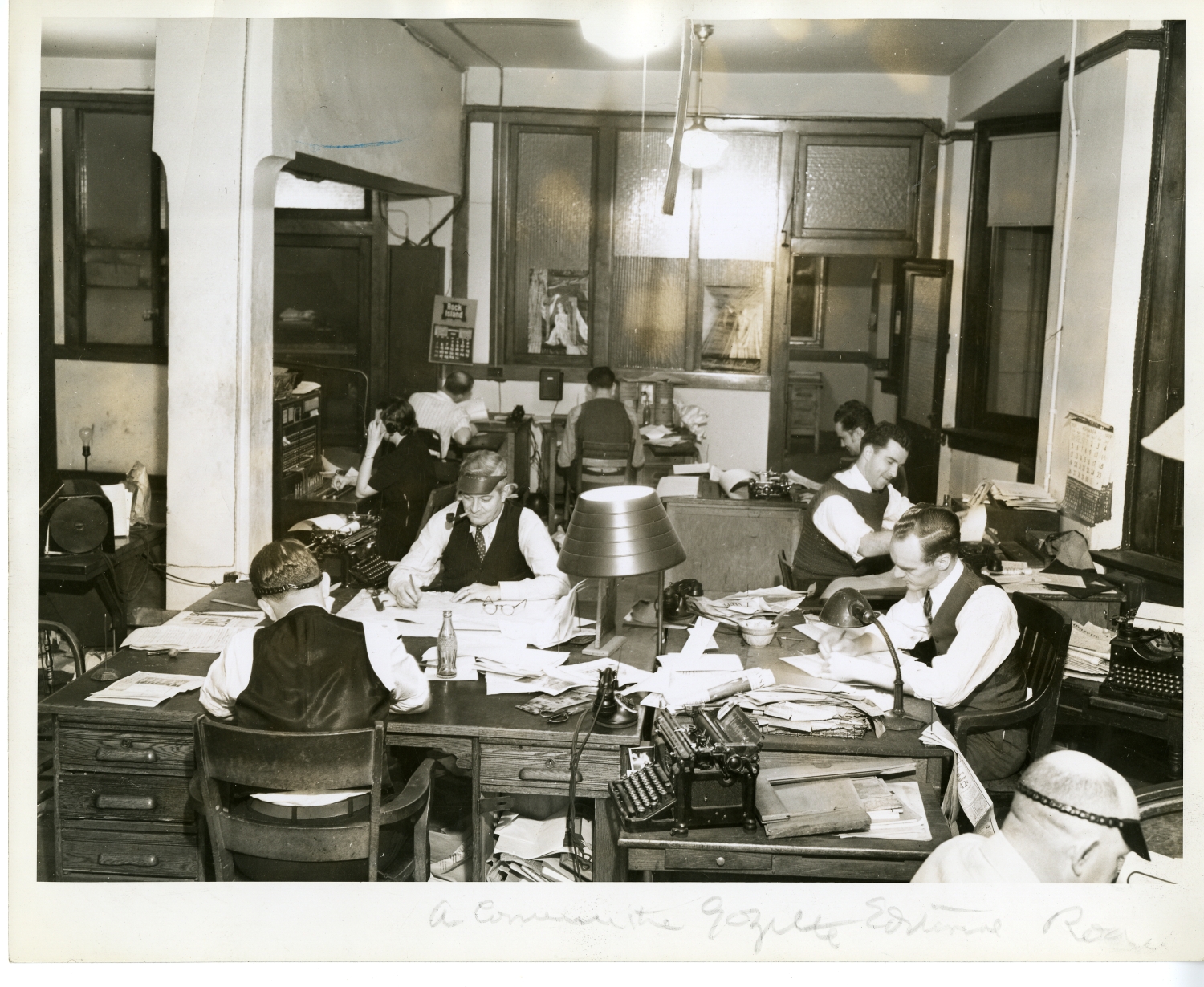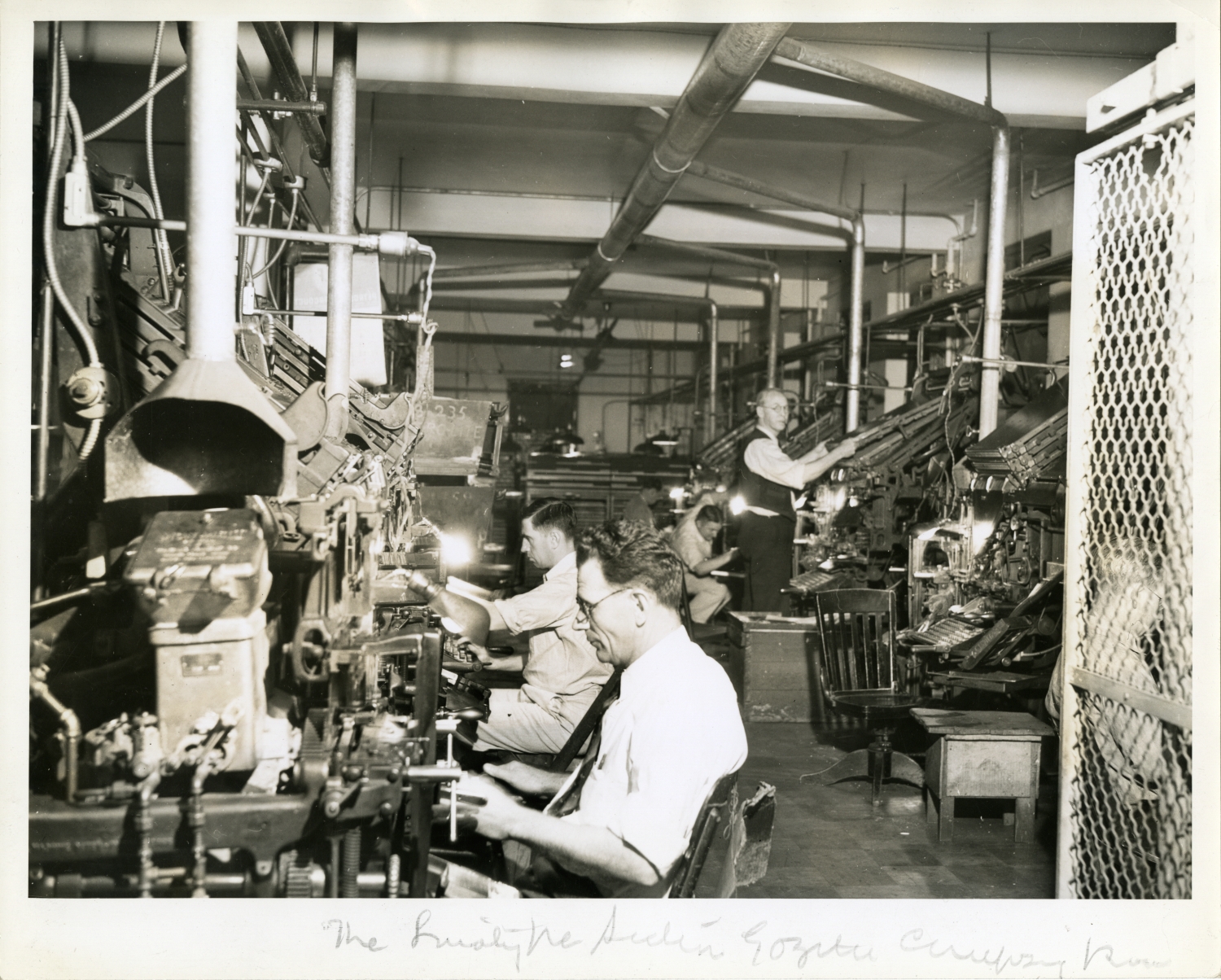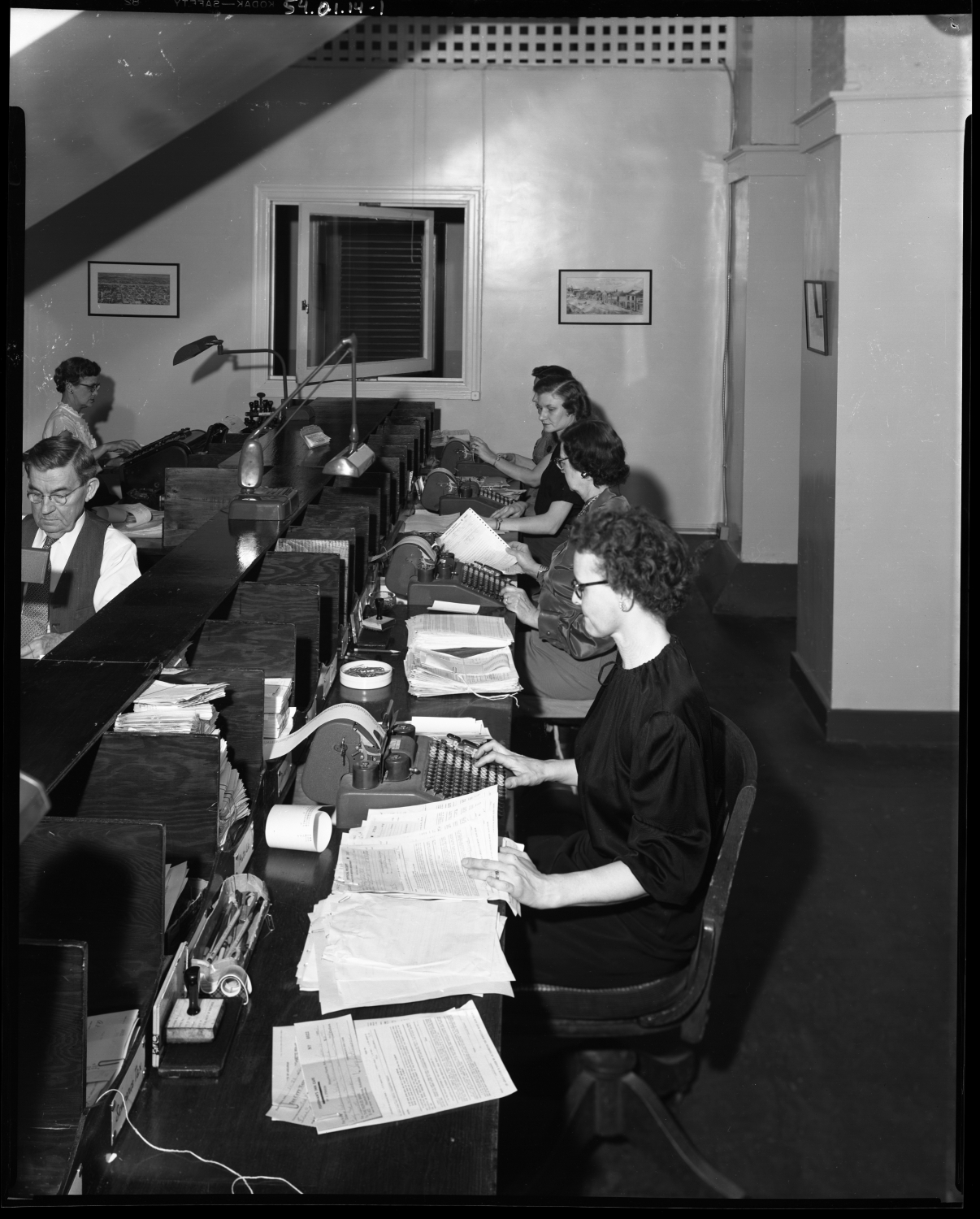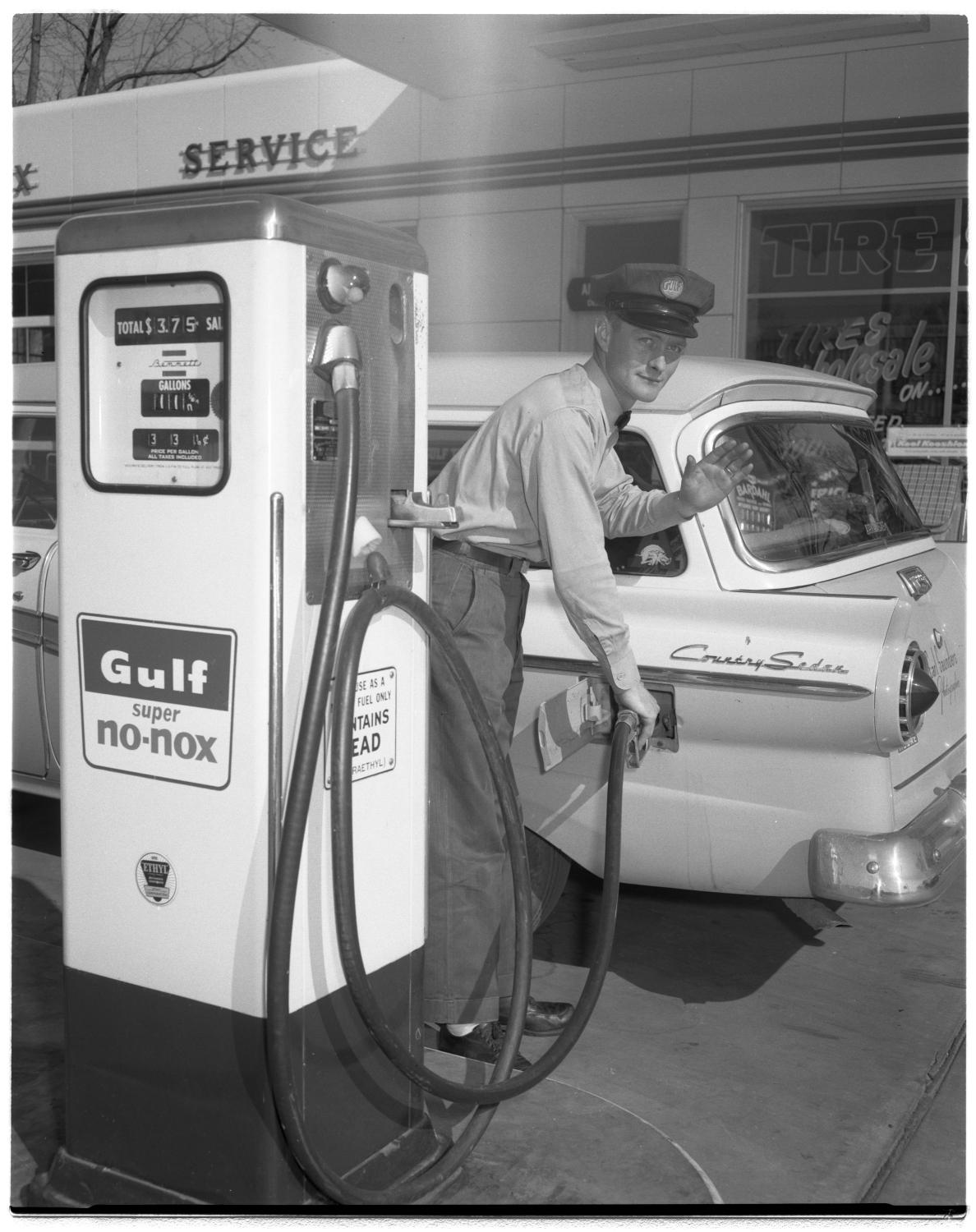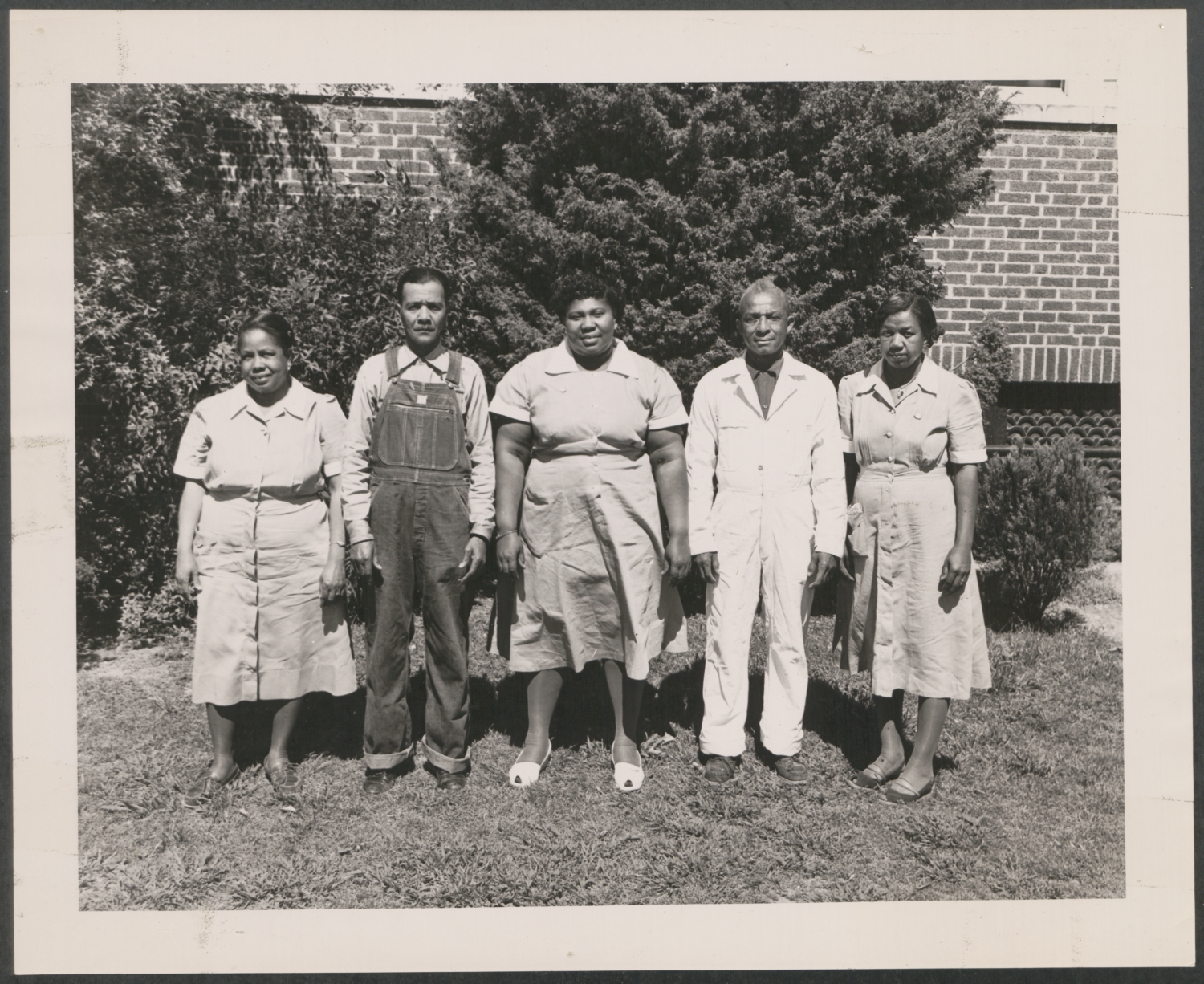Introduction
In the past, all work was done by people. People made everything by hand, even tools that they used. Around three hundred years ago, that began to change. Scientists and inventors started building machines that were used to do work that was earlier done by people. This changed how people lived and how they worked.
Some occupations became less needed or even disappeared because machines replaced people and technology changed what we need. For example, before electric lamps were invented, gas lamps were used to light up city streets. Individuals known as lamplighters walked around city streets every evening to light up each lamp by hand. They also returned in the early morning to put the lamps out. Today, we no longer need lamplighters because electric street lamps turn themselves on and off automatically.
Other occupations changed because workers could now use machines. For example, in the past, farmers did everything by hand or with the help of animals. They used only simple tools. Today, farmers use many types of machines that make work on a farm faster and easier. For example, farmers today can use tractors to pull heavy equipment (like a plow) while in the past they had to pull it by hand or use a horse or an ox to do it.
The development of technology also created occupations that did not exist before. For example, the invention of cars created the occupation of a car mechanic while the invention of the computer created the occupation of a computer programmer.
In this activity, you will look at seven black and white photos that show the workers of the past. Some of them used machines in their work, while others did not. Some occupations that you will see in the photos no longer exist while others are still common. Photos used in this activity will help us understand how people worked in the past and how technology changed nearly all jobs and occupations.
Note for educators: Some photos used in this activity document obsolete technology that will likely be unrecognizable to students. We recommend using this activity in class rather and as a homework assignment unless relevant background information is provided prior to assigning this activity to students.
Activity Questions
- What can we see in Photo 1? When and where was this photo taken? See the photo caption for more information.
- Who are the individuals in the photo? What is their job?
- Are the workers in Photo 1 men or women?
- What kind of clothes are the workers in Photo 1 wearing? Do people wear similar clothes to work today?
- Are there any machines in this photo? If yes, what type of machines? How did these machines change how people worked in the past?
- How did these machines change how people communicated in the past?
- Does the occupation that we see in this photo exist today? If no, why does this occupation no longer exist?
- What can we see in Photo 2? When and where was this photo taken? See the photo caption for more information.
- Who are the individuals in the photo? What is their job?
- Are the workers in Photo 2 men or women? Are teachers in your school men or women?
- What kind of clothes are the workers in Photo 2 wearing? Do people wear similar clothes to work today?
- The photo caption says that there are “teachers and principal” in this photo. Which individual in the photo could be a principal? How did you decide which person was likely a principal?
- Do the occupations that we see in this photo exist today?
- Are there any machines in this photo?
- This photo does not show any machines. Do teachers today use any machines (or technology) in the classroom? What types of machines can we find in the classroom today?
- What can we see in Photo 3? When and where was this photo taken? See the photo caption for more information.
- Who are the individuals in the photo? What is their job?
- Are the workers in Photo 3 men or women?
- Note that only one worker in this photo is a woman. What is her job? Why do you think there is only one woman in the editorial room, where newspaper articles were written and edited?
- What kind of clothes are the workers in Photo 3 wearing? Do people wear similar clothes to work today?
- Are there any machines in this photo? If yes, what types of machines? How did these machines change how people worked in the past?
- In the past, people got their news only from newspapers. There are still many newspapers published around the world every day, but we can get news from many other sources. What sources of news are available today?
- What types of machines or technology can journalists today use to report the news to us?
- What can we see in Photo 4? When and where was this photo taken? See the photo caption for more information.
- Who are the individuals in the photo? What is their job?
- Are the workers in Photo 4 men or women?
- What kind of clothes are the workers in Photo 4 wearing? Do people wear similar clothes to work today?
- Are there any machines in this photo? If yes, what types of machines? How did these machines change how people worked in the past?
- Composition rooms are where newspapers are designed and prepared for print. Today, they look different than the composition room in this photo. Research what a typical composition room looks like today. What types of machines and technology are used to prepare newspapers for print today? Who does this work?
- What can we see in Photo 5? When and where was this photo taken? See the photo caption for more information. “State revenue office” is the office where money from taxes and other types of state fees (e.g., fees for driver’s license) is collected and counted.
- Who are the individuals in the photo? What is their job?
- Are the workers in Photo 5 men or women?
- What kind of clothes are the workers in Photo 5 wearing? Do people wear similar clothes to work today?
- Does the occupation that we see in this photo exist today?
- Are there any machines in this photo?
- This photo shows machines that were used to check whether money collected from taxes and fees added up. Do you think that workers at the state revenue office use the same type of machines today? If not, what types of machines do they use?
- What can we see in Photo 6? When and where was this photo taken? See the photo caption for more information.
- Is the worker in Photo 6 a man or a woman?
- Who is the individual in the photo? What is his job?
- What kind of clothes is the worker in Photo 6 wearing? Do people wear similar clothes to work today?
- Are there any machines in this photo? If yes, how did these machines change how people work and how we live today?
- Does the occupation that we see in this photo exist today?
- What can we see in Photo 7? When and where was this photo taken? See the photo caption for more information.
- Who are the individuals in the photo? What is their job?
- Are the workers in Photo 7 men or women? Are custodial staff in your school men or women?
- What kind of clothes are the workers in Photo 7 wearing? Do people wear similar clothes to work today?
- Are there any machines in this photo?
- This photo does not show any machines. Do custodians in your school use any machines in their work? If yes, what types of machines do they use?
Primary Sources
To learn more about the primary sources featured in the activities above, click the following links:
Arkansas Social Studies Standards
Social Studies (History)
- Strand: History
- Content Standard 12: Chronology, Change Over Time, and Contextualization – Students will analyze chronology, patterns of continuity and change over time, and contextualization of historical events.
- Grade 1 (Change Over Time): H.12.1.3 Compare present-day families, objects, and events with those in the past using visual representations, news stories, and artifacts (e.g. daily life tasks, food, clothing, transportation, communication, recreation)
- Grade 2 (Change Over Time): H.12.2.3 Compare life in your community past and present using maps, photographs, news stories, artifacts, or interviews (e.g. transportation, communication, recreation, jobs, housing)
- Grade 2 (Contextualization): H.12.2.4 Investigate ways individuals, groups, and events have shaped one’s community and other communities in the United States
- Grade 3 (Change Over Time): H.12.3.3 Compare specific regions of Arkansas in the past with those regions today noting changes over time (e.g., transportation, jobs, urban growth, population density, natural resources, communication)
- Grade 3 (Contextualization): H.12.3.4 Analyze individuals, groups, and events to understand why their contributions are important to historical change and/or continuity
- Grade 4 (Contextualization): H.12.4.4 Analyze the impact of individuals and events on the past, present and future
Key Terms
More Information
N/A
Downloadable Guides and Handouts
We encourage K-12 educators to use History Alive: Virtually! in a way that will best match their classroom needs. The “Exercise” handout includes a complete exercise as featured on this website, the “Primary Sources” handout includes only primary sources used in the exercise, and the “Questions” handout includes analytical questions from the exercise but is editable and can be easily changed to best match students’ needs.
Workers of the Past – Exercises

